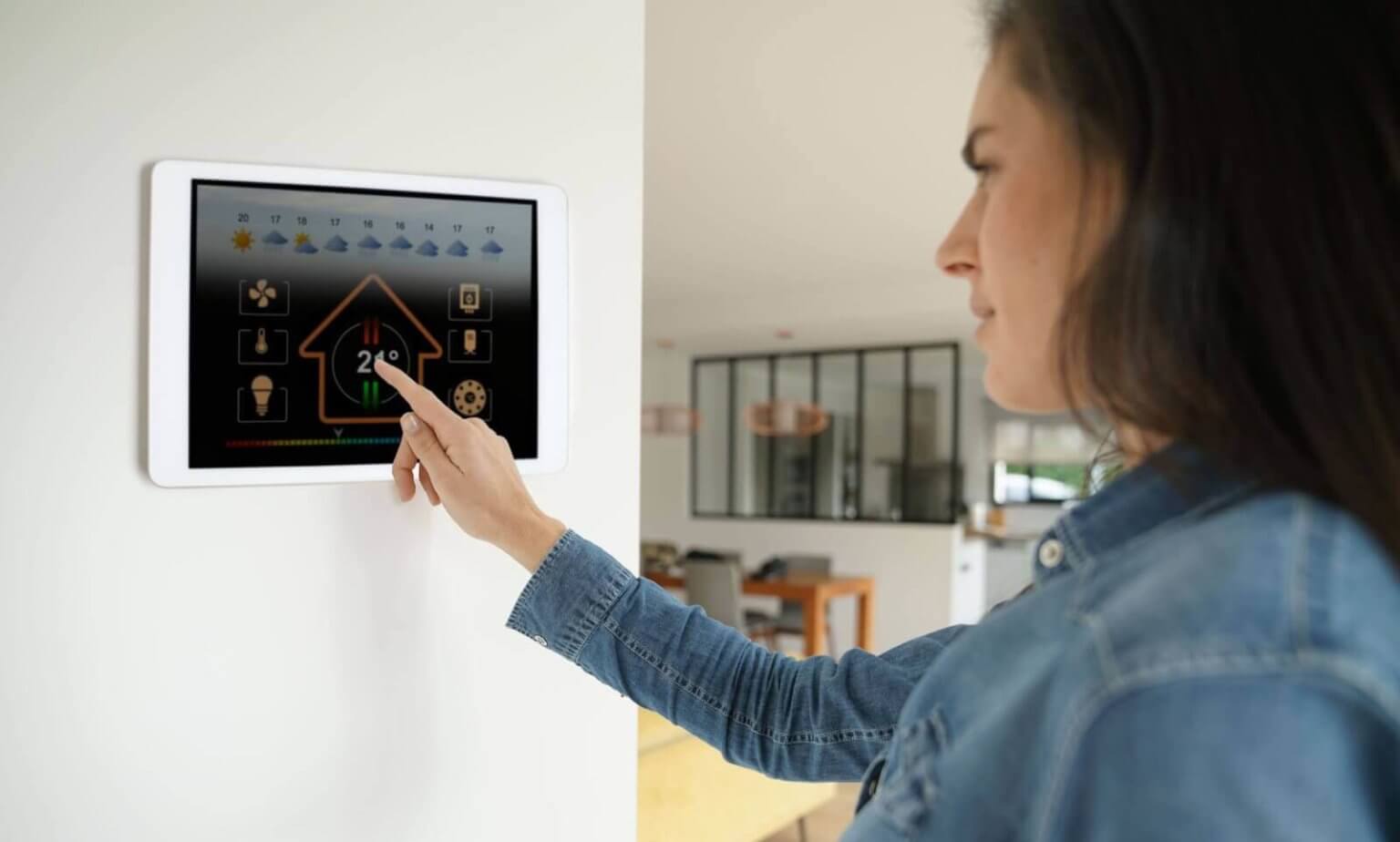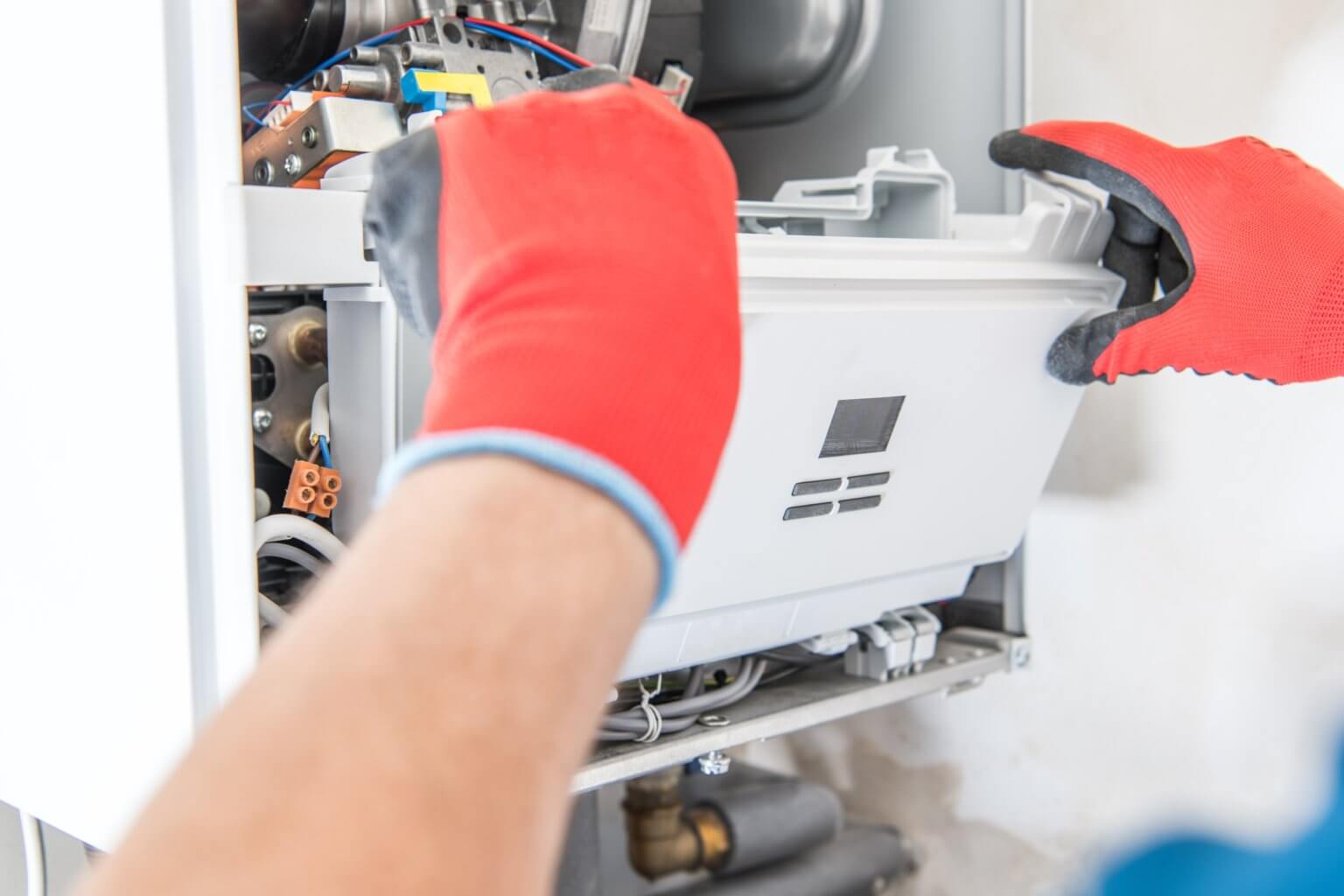
How a furnace tune up supports safer heating in Canoga Park
A safe home in winter starts with a reliable furnace. In Canoga Park, cool evenings come on fast after sunset, and a tired system can slip from “working fine” to “unsafe” without much warning. A proper tune up brings the system back to design standards, catches early risks, and sets clear baselines for efficiency and carbon monoxide control. Season Control Heating & Air Conditioning performs this work daily across Canoga Park and nearby neighborhoods, and the team sees the same small problems turn into big hazards when service gets skipped.
Why safety hinges on routine service
Furnaces produce heat through combustion or high electrical loads. That process needs clean airflow, steady ignition, intact venting, and accurate sensors. Dust, vibration, and heat cycles chip away at each of these. A yearly tune up restores airflow, verifies flame quality, and checks the vent path. It is not a quick filter swap. It is a system check that reduces the likelihood of carbon monoxide leaks, overheats, short cycling, and electrical shorts.
In older Canoga Park homes, furnaces often share space with stored paint, lawn tools, or laundry supplies. That clutter can block return air, starve the burner, and overheat the heat exchanger. A technician will flag these issues and set a safer clearance around the unit.
What a furnace tune up includes and why it matters
A thorough tune up touches airflow, combustion, electrical, and controls. Each step has a safety link:
-
Airflow and filtration: The tech checks the filter size and fit, static pressure, and blower speed. Poor airflow overheats the heat exchanger and trips limits. Correct pressure protects the core of the furnace and keeps heat where it belongs.
-
Combustion and venting: The tech inspects the burner assembly, igniter, flame sensor, and measures flame characteristics. On gas units, proper air-to-gas mix prevents soot and carbon monoxide spikes. The flue and inducer get checked for obstructions and corrosion, which lowers the risk of backdrafting in windy Valley conditions.
-
Electrical integrity: Loose connections cause heat, arcing, and intermittent shutdowns. A tune up tightens terminals, tests capacitors, and checks amp draws against nameplate. That reduces nuisance trips and the chance of control board damage.
-
Safety controls: The high-limit switch, rollout switch, pressure switch, and thermostat all get tested under load. These are the brakes of the system. If a switch responds slowly or sticks, the furnace can run hot. Early detection prevents cracked heat exchangers.
-
Heat exchanger inspection: A visual and instrument check looks for cracks or hot spots. This component separates combustion gases from indoor air. Any breach is a shutdown issue. Catching a crack at a small stage avoids exposure and costly emergency replacements.
Why Canoga Park homes face specific furnace risks
The West San Fernando Valley brings dust, Santa Ana winds, and wide day-to-night temperature swings. Filters clog faster furnace tuneup Canoga Park during wind events. Outdoor air can push down through marginal flues on older roofs. Many 1970s and 1980s tract homes in Canoga Park have tight closets or garages where furnaces lack ideal combustion air. A cleanup and minor ventilation fixes during a tune up reduce these local stressors.

Technicians also see thermostats mounted on sunlit walls. Afternoon heat can trick the control into short cycling the furnace at night. Short cycles wear igniters and blowers and can leave the heat exchanger too hot, then too cold, over and over. A tune up includes cycle testing and can reveal a simple relocation or calibration need.
Real examples from the field
A family near Owensmouth Avenue booked a furnace tune-up Canoga Park service after smelling a slight metallic odor. The tech found a clogged filter and a blower wheel caked with dust. Static pressure was more than double the target. The furnace had been hitting the limit switch several times per hour. After cleaning and balancing the blower speed, temperatures normalized, and the odor disappeared.
Another homeowner close to Vanowen Street had a carbon monoxide alarm chirp once a week. During the tune up, the tech found a loose flue connection at the draft hood and rust flakes from past condensation. The vent was resecured, slope corrected, and the inducer gasket replaced. CO readings dropped to 0–5 ppm at the supply, and the intermittent alarm stopped.
How a tune up reduces carbon monoxide risk
Carbon monoxide forms when gas does not burn completely or when exhaust cannot escape. The most common triggers are low combustion air, dirty burners, wrong gas pressure, or a blocked flue. A furnace tuneup Canoga Park visit includes combustion checks and draft verification. The tech measures before and after readings, aiming for clean blue flames and stable oxygen levels in the flue. While no residential test replaces a dedicated CO detector, regular service lowers the odds of elevated CO during high-use nights.
Efficiency and safety go together
A clean, well-adjusted furnace runs cooler inside and hotter at the registers. That means safer equipment and lower bills. Small adjustments have outsized gains:
- Correct blower speed cuts high-limit trips and stabilizes supply temperatures.
- A fresh filter and clean coil restore airflow, which protects the heat exchanger.
- Calibrated gas pressure and clean burners reduce soot that can hide early cracks.
Clients in Canoga Park often see 5 to 15 percent lower energy use after a full clean and balance, especially if the previous filter was overdue.
Timing the visit around Valley weather
In the Valley, the best window is early fall, before the first cold snap. That schedule avoids parts delays during the rush and gives time to address issues found in the check. For newer systems, annual service protects warranty terms. For older furnaces, twice-yearly quick checks may make sense if the unit has a history of limit trips or ignition faults.

If a furnace sits in a laundry room or near a water heater, consider a spring air-side cleaning and a fall combustion check. Lint buildup and vent corrosion move on different timelines.
What homeowners can handle between visits
Homeowners can support safety with simple habits. Replace filters on schedule, keep three feet of clear space around the furnace, and watch for new noises or odors. Check that the flue cap is present after roof work. If a CO detector chirps, call for service even if the furnace seems to run. Do not tape over a tripping safety switch. It is signaling a real condition.
Signs your furnace needs a tune up now
- The furnace shuts off and on quickly or struggles to reach set temperature.
- You smell a burnt or metallic odor after startup.
- The burner flame looks lazy or yellow instead of crisp and blue.
- Utility bills climb while runtime seems longer.
- A CO detector alerts or a smoke detector near the closet chirps during heat cycles.
Any of these can point to airflow restriction, ignition wear, or venting issues that a tune up can correct.
Why choose Season Control Heating & Air Conditioning in Canoga Park
Local experience matters. The team knows how Santa Ana winds affect draft, how garage installs behave in older Canoga Park homes, and which filter sizes fit common return grilles in area floor plans. Trucks carry the igniters, sensors, capacitors, and gaskets that frequently fail on common furnace brands in the Valley, which reduces return visits.
Clients appreciate clear, plain-language explanations and before-and-after measurements they can keep. Each furnace tune-up Canoga Park service includes a written report with static pressure, temperature rise, amperage, and safety test results. If the tech finds a concern, options come with honest ranges, not pressure.
What to expect during your appointment
A standard visit runs 60 to 90 minutes. The tech will ask about recent noises, odors, or alarms, then move through the system from filter to flue. Expect the furnace to cycle several times as tests run. If a part shows out-of-range readings, the tech will show the measurement and explain the risk. Many issues can be fixed on the spot. If a heat exchanger shows damage, the tech will shut the unit down and review replacement choices, including safe space heaters to bridge the gap if needed.
Ready for safer heat in Canoga Park?
If it has been a year or more since your last service, schedule a furnace tune up in Canoga Park with Season Control Heating & Air Conditioning. The team serves all of Canoga Park, from Sherman Way to Roscoe Boulevard, and nearby West Hills and Winnetka. Call to book a visit or request a same-week slot online. A clean, verified furnace means steady heat, lower risk, and fewer surprises when the Valley nights turn cold.
Season Control Heating & Air Conditioning serves homeowners in Los Angeles and the surrounding communities with dependable heating, cooling, and indoor air services. Our team helps with AC installation, seasonal maintenance, furnace repair, and full system replacements. With more than two decades of hands-on experience, our technicians work to keep your home comfortable through hot summers and cold winter nights. We offer around-the-clock service availability, free estimates for new systems, repair discounts, and priority scheduling for faster help when you need it. Backed by hundreds of five-star reviews and long-standing industry certifications, we focus on clear communication, reliable workmanship, and solutions that support year-round comfort.
Season Control Heating & Air Conditioning
7239 Canoga Ave
Canoga Park,
CA
91303,
USA
Phone: (818) 275-8487
Website: seasoncontrolhvac.com, HVAC Repair L.A., Furnace Installation Canoga Park, HVAC Contractor Canoga Park
Social Media: Instagram, Facebook
Map: Google Maps